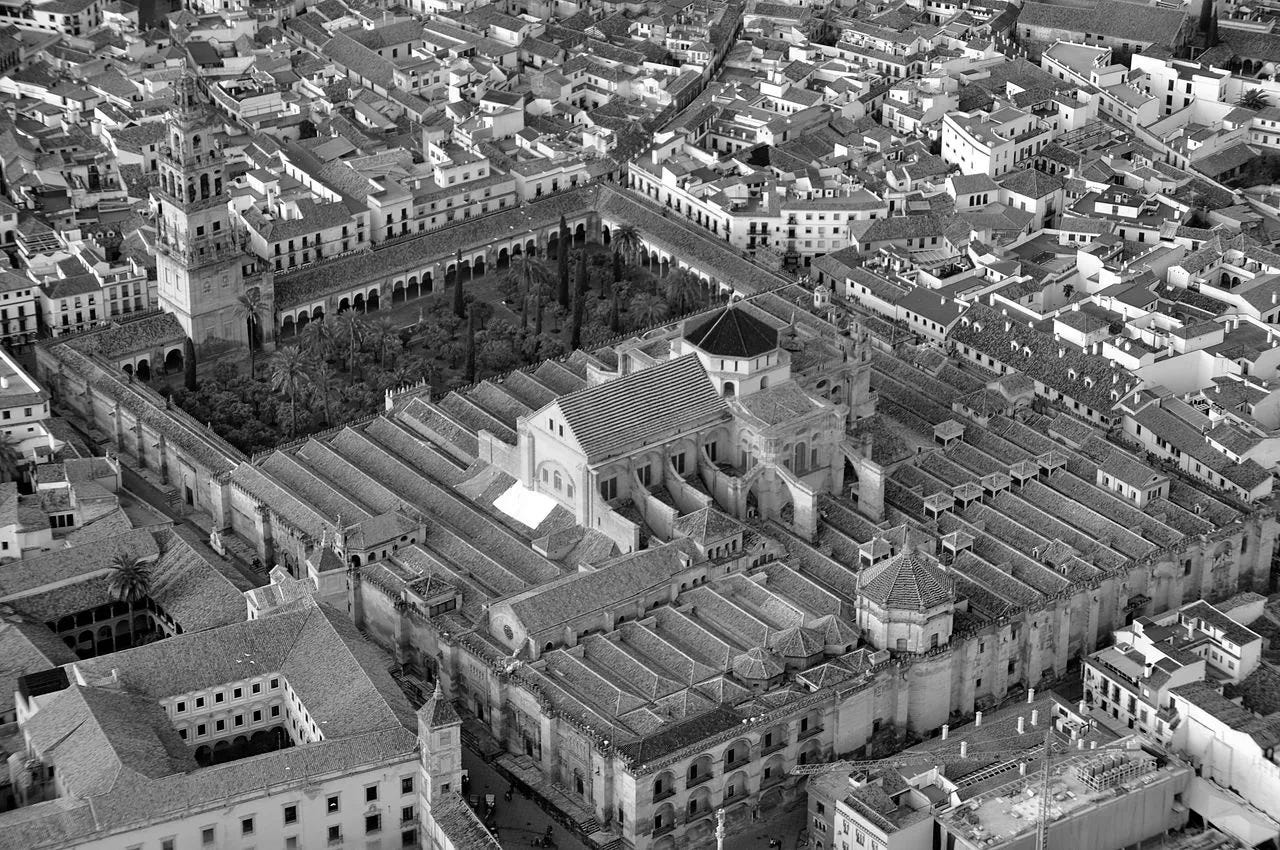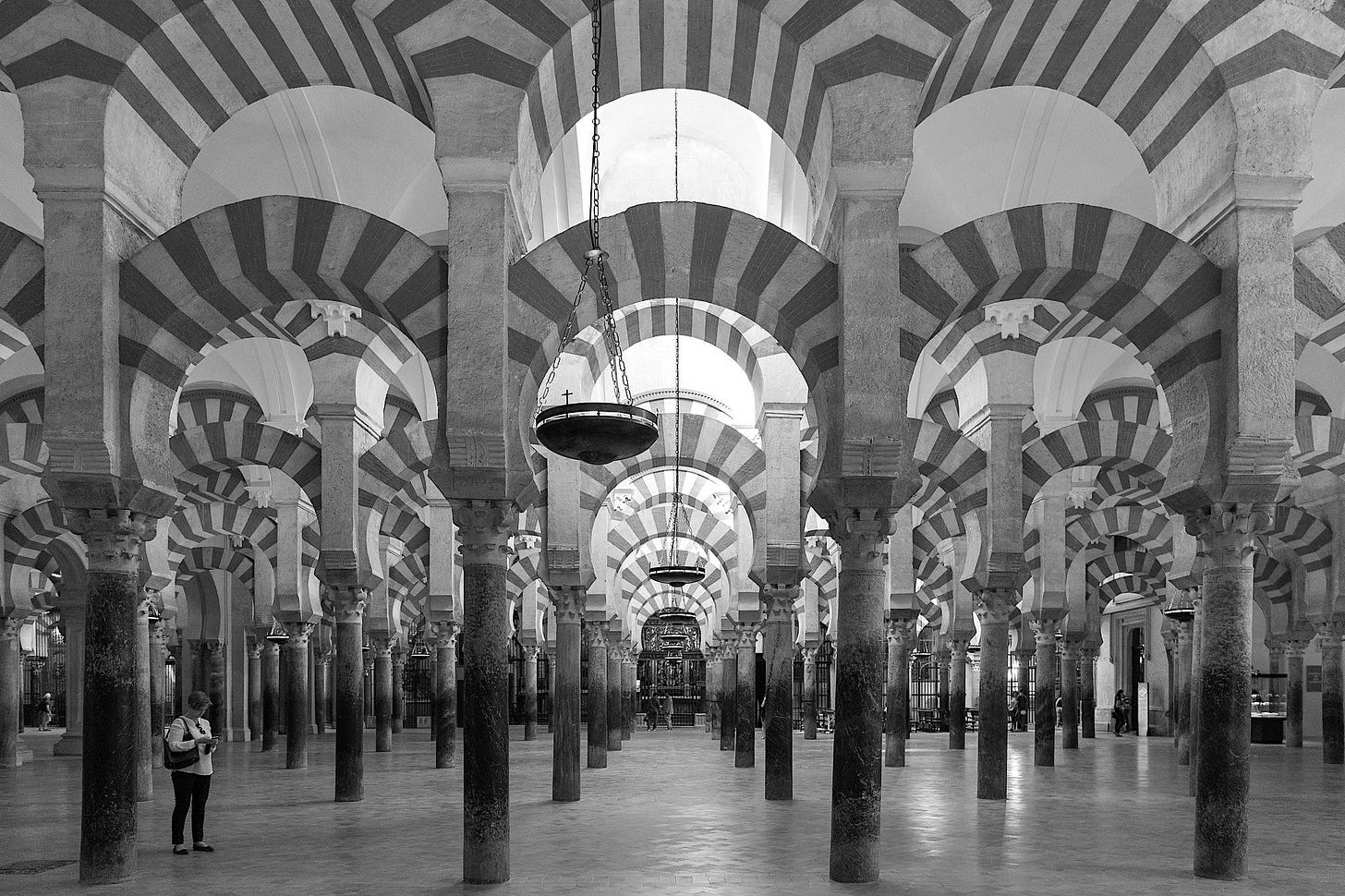Transformers. Transformative. Transformation.
Architects, as ‘Transformers,’ are not bound by static structures but are the agents of change, reimagining existing spaces into resilient, adaptable environments that evolve with future generations.
Transformers
There is a certain fascination with the Transformer: that even a forgotten and ordinary dump truck can turn into an amazing robot, becoming an endless powerhouse of adaptability. The core ability of every Transformer is to reconfigure their body into another form, usually a vehicle, weapon, or object. This process involves shifting metal plates, rotating mechanical parts, and folding internal structures to seamlessly change shape.
The mind experiment here is: what if the profession, within architecture, named themselves Transformers rather than - what many now perceive as a stagnant, obsolete and traditionalist title - the Architect.
When referring to the Architect as a “Transformer,” one could metaphorically describe the architect’s ability to cause significant positive change in others or situations. The architect could be seen as someone who inspires improvement or transformation in people, spaces, neighborhoods and cities around them.
In some contexts, a “Transformer” could also describe someone who has undergone a significant personal transformation themselves, changing their way of thinking, living, or behaving in a major way. This is probably where the architecture profession stands right now, facing significant challenges in a changing society and confronted with an unprecedented poly-crisis era. In that context, the profession needs change with the architect as both the herald and the agent for that change.
Transformative
The characteristics of the transformer can also be applied to what many people consider as static, mineral, and permanent: our buildings and neighborhoods. For this purpose, the most interesting and timeless are buildings and spaces that reflect resilience, adaptation, and the blending of cultures through their architecture and use.
When I was a young architecture student visiting the Córdoba Mosque-Cathedral in Spain, I was fascinated by the expressions of modernity that were captured in one of the most extraordinary examples of architectural and religious transformation in history; a building which has been built and rebuilt to be adapted to new ages while preserving the essential features of its architectural identity, ultimately showcasing a fusion of Islamic and Christian influences spanning more than a millennium.
Córdoba, originally a Visigoth Christian church in the 6th century, was rebuilt as the Great Mosque of Córdoba under Islamic rule (8th–10th centuries). It was again rebuilt and adapted: After the Reconquista (1236), it was turned back into a Catholic cathedral with Gothic and Baroque additions while preserving the original mosque structure. Who knows what will happen to the building in 100-200 years?
How do we allow this to happen in the buildings of our time, in a much shorter time span, so that what we build today is adaptable and relevant for future unknown needs and generations. In the Córdoba example, the structure becomes a flexible frame for transformative architecture, it adapts, evolves, and responds to its currents needs without having to change its strong, resilient core. A mutable framework which allows for flexibility and adaptation without compromising the foundational integrity and quality. It’s like the structure of the transformer, no matter if it’s a dump truck or a hyper advanced robotic machinery, it consists of surfaces, joints and distances, much like the column grid, arches, and planes of the Córdoba example, allowing for endless possibilities.
Transformation
Historically, cities and buildings have been treated as disposable structures. When something gets old, outdated, or no longer serves its original purpose our reaction - until now - has often been to tear it down and build something new to take its place. In that sense the 1239-year-old Mosque-Cathedral of Córdoba teaches us a lesson in preservation and adaptation. Instead of demolishing and starting over, societies must respect, reinterpret, and transform existing spaces to meet new cultural, religious, or societal needs.
Today the construction industry plays a key role in the sustainable transition of our societies, accounting for 40% of the world’s GHG emissions, 60% of resource consumption and 40% of waste generation. The construction industry has no choice but to transform.
Architects must be the transformers of how we build, cut emissions, save resources, and create better cities, without repeating the mistakes of the past. The future of construction isn’t about tearing down and starting over, it’s about transforming what we already have into something better. As the famous Transformer, Optimus Prime, who is characterized by strong moral values, exceptional leadership, and strategic prowess said, “There’s a thin line between being a hero and being a memory.”
Architects today stand at a crossroads between doing the right thing or the wrong thing. As our involvement and decisions shape societies, economies, and environments. The choices made, whether for ethical integrity or commercial pressures, can have long-lasting consequences.
More than 1.143 years after the Córdoba Mosque-Cathedral was built another building was designed and built in Beacon, New York, as a card box-printing facility. The facility was an industrial space designed for manufacturing and packaging on a large scale. Its robust construction, high ceilings, and expansive open floors were typical of early industrial architecture.
The interplay of soft, diffused daylight, open, column-free flexible spaces, raw industrial materials, including exposed concrete floors, brick and steel framework, wooden elements, and the deliberate relationship with its surroundings made it a sacred space for the factory worker.
The enduring architectural qualities of the Nabisco (National Biscuit Company) factory were likely unintentional, as its in-house architects and engineers may not have realized the transformative potential embedded in their design. Yet, unknowingly, they laid the foundation for future generations of architects or ‘Transformers’, who would recognize this potential and repurpose the building into one of the world’s finest museums.
The transformation of the Córdoba Mosque-Cathedral as well as the Nabisco factory into the Dia Beacon Museum highlights the inherent potential embedded within the built environment. These examples demonstrate that the future of our buildings does not need to be dictated, rather, it should evolve organically, shaped by the needs, vision, and creativity of future generations, there is no need to specify what the future of our buildings should look like. Instead, we must allow them to fulfill their potential as transformative structures with inherent qualities allowing for future adaptation by the coming generations of Transformers.






